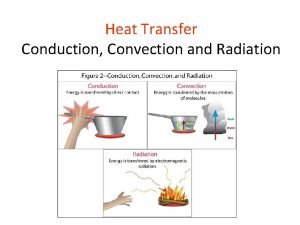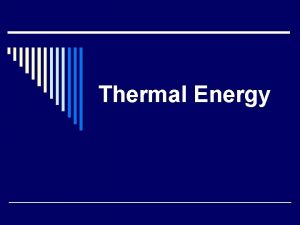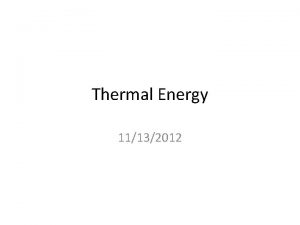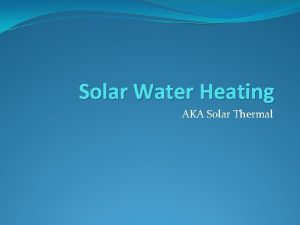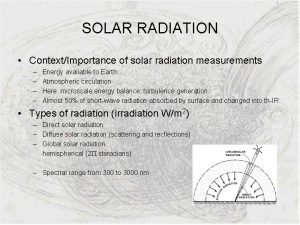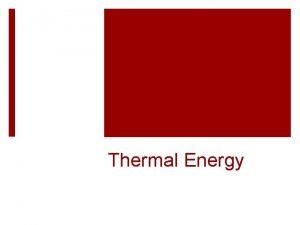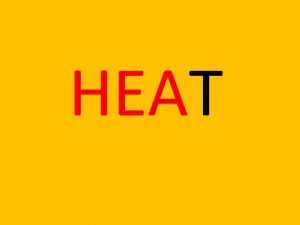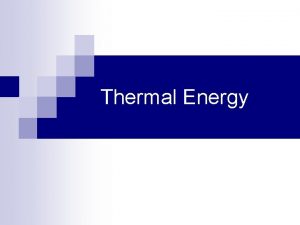Solar Thermal Energy 1 Solar Radiation 9 A










- Slides: 10

Solar Thermal Energy

1 - Solar Radiation

9 A sphere of hot gases. 1. 39 x 10 m Dia that have 3 zones: - Core: 0. 23 R - T = 8 – 40 M K - (Nuclear fusion reactor) - Transition: 0. 7 R (from core to conv. Zone) - Convection zone: - T = 130, 000 K down to 5000 K - The outer shell of the convective zone is called the Photosphere - which is the source of most solar radiation Note: - Outside of the photosphere there are 3 layers: - Reversing layer cooler than photosphere - Chromosphere T starts to increase above 5000 K - Corona T up to 5 000, 000 K - Yet we are not affected by this temp, since those layers are of very low density The Sun

THE SOLAR CONSTANT




Solar Constant Definition: The solar constant Gsc is the energy from the sun per unit time received on a unit area of surface perpendicular to the direction of propagation of the radiation at mean earthsun distance outside the atmosphere. WRC adopted value of 1367 W/m 2

VARIATION OF EXTRATERRESTRIAL RADIATION Variation of the earth-sun distance, however, does lead to variation of extraterrestrial radiation flux in the range of ± 3. 3%. The dependence of extraterrestrial radiation on time of year is shown in Figure 1. 4. 1. A simple equation with accuracy adequate for most engineering calculations is given by Equation 1. 4. 1 a. Spencer (1971), as cited by Iqbal (1983), provides a more accurate equation (± 0. 01%) in the form of Equation 1. 4. 1 b:

 Section 3 using thermal energy answers
Section 3 using thermal energy answers Thermal energy vs heat energy
Thermal energy vs heat energy Thermal energy and mass
Thermal energy and mass Inexhaustible source of energy
Inexhaustible source of energy Convection examples
Convection examples Thermal radiation
Thermal radiation Thermal transfer vs direct thermal printing
Thermal transfer vs direct thermal printing Wind energy is an indirect form of
Wind energy is an indirect form of Solar radiation has a part in the water cycle by
Solar radiation has a part in the water cycle by National solar radiation database
National solar radiation database Average weather conditions over time
Average weather conditions over time




